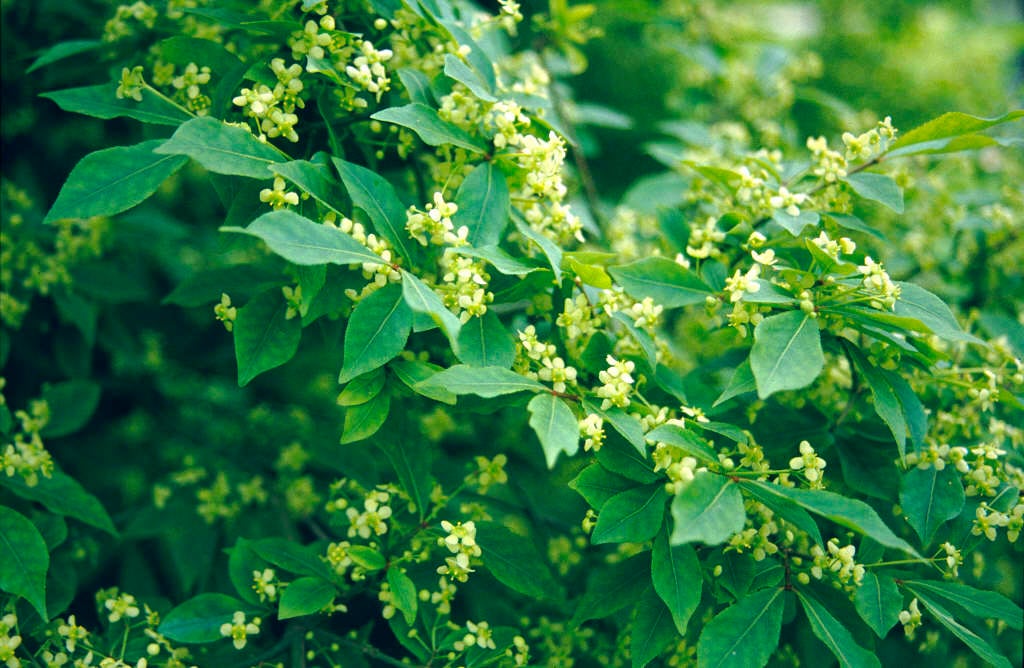Euonymus alatus
winged spindle
A large, spreading, deciduous shrub, the branchlets often developing conspicuous corky wings. Leaves oval, turning rosy-crimson in autumn. Flowers small, greenish, followed by purplish-red fruits splitting to reveal orange seeds
Size
Ultimate height
1.5–2.5 metresTime to ultimate height
10–20 yearsUltimate spread
1.5–2.5 metresGrowing conditions
Moisture
Moist but well–drained, Well–drainedpH
Acid, Alkaline, NeutralColour & scent
| Stem | Flower | Foliage | Fruit | |
| Spring | Green | Green | ||
|---|---|---|---|---|
| Summer | Green | |||
| Autumn | Pink Red | Orange Purple Red | ||
| Winter |
Position
- Full sun
- Partial shade
Aspect
South–facing or North–facing or West–facing or East–facing
Exposure
Exposed or Sheltered Hardiness
H6Botanical details
- Family
- Celastraceae
- Native to GB / Ireland
- No
- Foliage
- Deciduous
- Habit
- Bushy
- Potentially harmful
- Humans/Pets: Harmful if eaten, wear gloves and other protective equipment when handling. For further information and contact numbers regarding pets, see the HTA guide to potentially harmful plants
- Genus
Euonymus can be deciduous or evergreen shrubs or small trees, often with fine autumn colour, and small flowers followed by colourful fruits
- Name status
Correct
- Plant range
- E Asia
How to grow
Cultivation
Grow in well-drained soil in sun or partial shade
Propagation
Propagate by semi-hardwood cuttings
Suggested planting locations and garden types
- Low Maintenance
Pruning
Pests
May be susceptible to vine weevil, horse chestnut scale, euonymus scale and caterpillars
Diseases
May be susceptible to powdery mildews, a leaf spot and sometimes honey fungus
Get involved
The Royal Horticultural Society is the UK’s leading gardening charity. We aim to enrich everyone’s life through plants, and make the UK a greener and more beautiful place.
